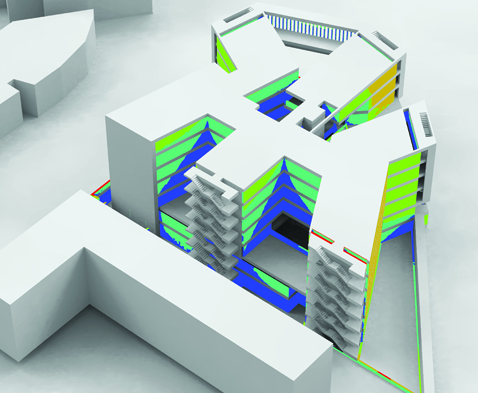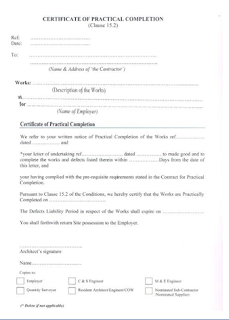Moral Education (MPW 2153)
Lecturer: Mr Serit Banyan
Enables students to gain knowledge on moral values that are developed through religions and socialization process based on Malaysian culture.
Objectives:
1. To develop students moral through a holistic approach by learning and practising good moral and ethical practices in developing an ethical, caring and just community.
Learning Outcome:
Through the study of this subject,
1) I am able to explain the basic concept of moral
2) I am able to explain the different ethical theories and criticism
3) I am able to explain moral values in religion.
4) I am able to apply knowledge learned in daily life
5) I am able to demonstrate the ability to make ethical decision on moral issues and conflict.
Test
The mid term test contributes to 30% of the overall marks. This test is an online test which consists of objective questions which aims to asses our knowledge and understanding to the subject.
Assignment
This assignment was to be completed in a group of 8 students and will contribute 30% of the overall marks. The assignment was separated into group (20%) and individual (10%).
Our group assignment was practical in nature and aimed at helping us apply the things we learnt in a real life scenario. We were tasked with performing community service at a home or centre of our choice for a minimum of 5 hours. The home we chose was Ti-Ratana on the 5th of October 2013.
Our activities consisted of cleaning at the two old folks home( Male & Female). We all did our part in making sure everything was cleaned. Next we moved to the Teaching and Learning session at the Orphanage. We conducted tuition for the children there as well as playing games with them.
Once the visit was done, we had to prepare a report detailing our activities, feelings, opinions and also attaching photographs
The individual assignment was where we had to keep a journal or diary which notes down the students discussion and activities from the day the group was formed till the day the report is submitted.
Pictures of visit to Ti-Ratana:


















.jpg)

